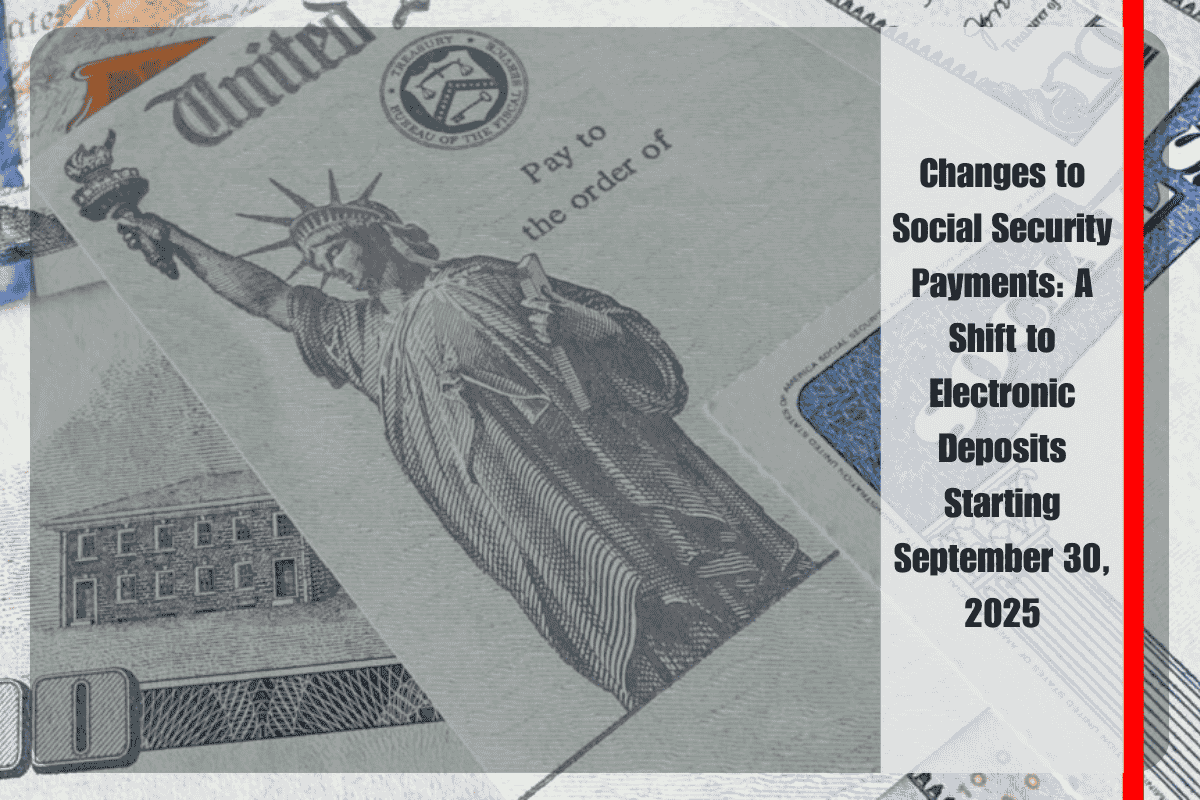For millions of Americans who rely on Social Security Disability Insurance (SSDI), knowing exactly when payments hit their bank accounts can be the difference between stability and financial chaos. Come August 2025, the schedule is more than a bureaucratic detail — it’s a lifeline. Payment timing depends on two main factors: how long you’ve been receiving SSDI and your date of birth.
If your benefits started before May 1997, or if you’re receiving Supplemental Security Income (SSI) as well, you’ll be paid on August 1st. Everyone else follows the birthday-based schedule: If your birthday falls between the 1st and 10th, your SSDI check lands August 13th. Those born from the 11th to 20th will see payments on August 20th, while people with birthdays from the 21st through the 31st can expect deposits on August 27th. And a heads-up for SSI recipients: because September 1st is Labor Day, the SSA will send out September’s SSI payments early, on August 29th.
When it comes to how much you can actually get, the numbers can be misleading. The maximum SSDI benefit in 2025 is $4,018, but that’s a ceiling reserved for a very small group — those who’ve earned high wages for decades and hit full retirement age (67) right when they claim. In contrast, the average monthly SSDI benefit hovers around $1,537, though this varies by state. For example, beneficiaries in New Jersey average about $1,648, while those in North Dakota receive closer to $1,389, a difference largely driven by regional wages and cost of living.
If you opt to claim retirement benefits early at 62, your max drops to $2,831. But waiting until age 70? That’s when you unlock the biggest payout possible — a hefty $5,108 per month — thanks to delayed retirement credits. The SSA rewards those who wait, but most people can’t afford to, especially if health or income constraints make earlier claiming necessary.
So how do you qualify for the maximum SSDI benefit in 2025? It’s not easy. First, your earnings record must be spotless — meaning 35 high-earning years with consistent Social Security contributions. Any gaps in employment pull your average down. You’ll also need at least 40 work credits (roughly 10 years of work), and your disability must be severe enough to completely prevent “Substantial Gainful Activity” — essentially, if you can earn more than $1,550 per month, you’re disqualified. And your condition must be long-term or terminal. It’s not just about being unable to work today; it’s about proving you won’t be able to work for at least a year. The documentation process is intense, involving everything from medical records to tax documents.
Some beneficiaries are eligible to receive both SSDI and SSI in what’s called concurrent benefits. But there’s a catch. To qualify, your SSDI check must be low — under $967 per month — and your assets must fall below $2,000 if you’re single, or $3,000 for couples. For these recipients, SSI acts as a top-off to help them reach the basic income threshold, but it doesn’t stack on top of SSDI. If you get $800 in SSDI, SSI may add just $167 — not exactly a windfall, but it opens the door to something more valuable in the short term: Medicaid. Unlike SSDI, which makes you wait 24 months for Medicare, SSI gives you Medicaid right away, making a crucial difference for people with urgent medical needs.
Bottom line: SSDI benefits are deeply nuanced, and your timing, earnings history, and medical situation all shape what you get. Understanding the rules and dates can help you make smarter choices — and avoid nasty surprises in your bank account.












